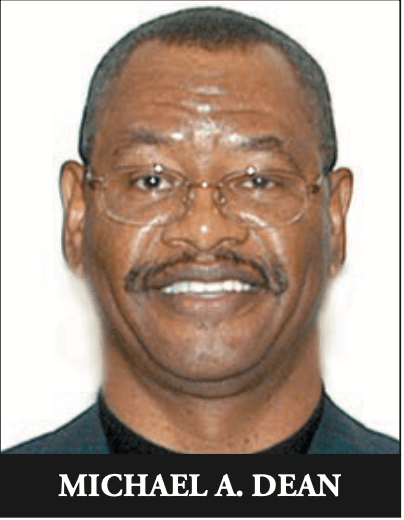
The Arizona Republic published a piece titled, “How Black History Month Came To Be” on Sunday that was written by Amaris Encinas of USA Today. The article focused on the month long commemoration created to reflect on the past, acknowledge the continued struggle for racial justice and draw inspiration from the achievements of African Americans.

Dr. Carter G. Woodson conceived the idea of “Negro History Week” in 1926 and worked long and hard over the years to see that the week be extended. The week-long event officially became Black History Month in 1976 when U.S. president Gerald Ford extended the recognition to “honor the too often neglected accomplishments of Black Americans in every area of endeavor throughout our history.” Black History Month has been celebrated in the United States every February since.
In the game of golf there is also a history timeline filled with events that were chronicled and have a place in history. Here are a few:
1. In 1896, John Shippen became the first Black golfer to play in the U.S. Open at Shinnecock Hills where he worked as a caddie at age 17. He tied for sixth place and won $10.00. Shippen is the first Black Golf Professional.
2. In 1899, Dr. George Grant, a dentist invented the modern wooden golf tee.
3. In 1922, Joseph Bartholomew began his career as a golf course architect by creating a new course at Metairie GC inhis native New Orleans. Because of the color of his skin, Bartholomew was never allowed to play the course because of racist practices.
4. In 1926, the same year that Black History Week was established, Robert Hawkins held his first tournament for Black golfers and, in 1928, he created the United Golf Association, which provided a place for golfers who were excluded from PGA events because of the color of their skin.
5. In 1939, Clyde Martin was named head pro at Langston, a segregated golf course, in Washington, D.C.
6. In 1946, William Powell – with aid from two Black doctors and his brother, began building Clearview GC in East Canton, Ohio. The nine-hole course was opened in 1948 and Powell became the first Black to build, own and operate a golf course. Another nine holes were added to the site in 1978.
7. In 1948, Bill Spiller began his fight against racist practices by the PGA Tour that wouldn’t allow Black golfers to participate. That same year, Teddy Rhodes became the second Black golfer to compete in the U.S. Open Championship that was held at Riviera CC in Pacific Palisades, Calif.
8. In 1956, Ann Gregory became the first Black female to enter the U.S. Women’s Amateur.
9. In 1957, Charlie Sifford won the Long Beach Open, an event co-sponsored by the PGA and in 1961 became the first Black player to earn a PGA Tour card after the “Caucasian Only” clause was struck from the bylaws. He went on to win the 1967 Greater Hart- ford Open and the 1969 LA Open, both PGA Tour events. Sifford became the first Black golfer inducted into the World Golf Hall of Fame in 2004 and in 2009 the Northern Trust Open created the “Charlie Sifford Exemption” specifically to increase diversity in the game. Today the event is the Genesis Open hosted by Tiger Woods.
10. In 1963, Althea Gibson became the first Black to compete on the LPGA Tour.
11. In 1964, Pete Brown became the first Black golfer to win a PGA sanctioned event, the Waco Turner Open. In 1970 he went to the winner’s circle after winning the Andy Williams Open in San Diego.
12. In 1967, Lee Elder earned his PGA Tour card after finishing 9th out of a class of 122 golfers. He began playing the tour in 1968 and in 1974 won his first tour event, the Monsanto Open. After the win Elder received and accepted an invitation to play in the 1975 Masters. He was the first Black golfer to be invited. In 1979, Elder was a Ryder Cup participant, another first for the storied golfer.
13. In 1975, Calvin Peete joined the PGA Tour and distinguished himself by becoming one of the most consistent golfers ever. Peete had 12 tour wins in his career and led in driving accuracy for 10 straight years, 1981-90. His greatest accomplishment was winning the PLAYERS Championship in 1985. Peete was the second Black golfer to participate on the U.S. Ryder Cup Team in 1983 and 1985.
14. In 1986, Harold Duno- vant established the National Black Golfer’s Hall of Fame. That same year, the Minority Collegiate Golf Championship was established to elevate the game for primarily minority colleges and universities because the schools were denied opportunities to compete in NCAA collegiate events.
More next week…


The post Black Triumphs In Golf World appeared first on Arizona Informant.











